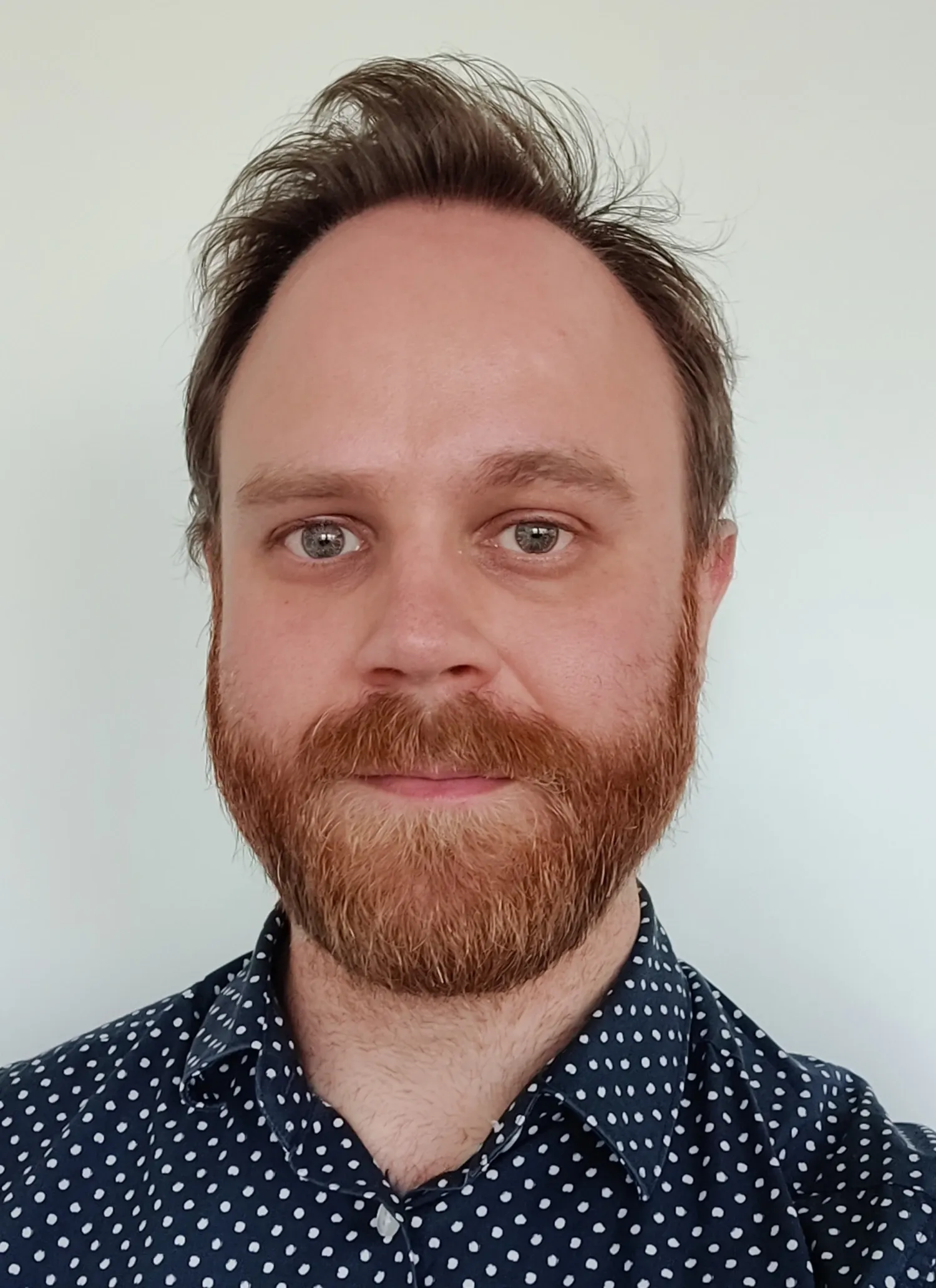New thesis on brain iron accumulation in normal aging

Hi there Jonatan Gustavsson! You have recently defended your thesis entitled "Determinants of age-related brain iron accumulation and links to neurocognitive functions". Could you tell us a little more?
The main focus of my thesis was to contribute to the understanding of the phenomenon of brain iron accumulation in normal aging, and how this is linked to age-related changes in brain structure and function.
The topic of brain iron is relatively new and has been made possible thanks to the recent advancement of neuroimaging technology. Therefore, little is known about what is behind the accumulation of iron in the brain and the longitudinal effects it may have.
Important findings
First, we showed that iron accumulated in several regions of the brain. Beyond demonstrating the accumulation of iron in the midbrain, which has been the focus of most of the studies on the topic, we also demonstrated that the accumulation occurs in the neocortex of the brain.
Further, we uncovered that the dopaminergic system plays a role in age-related iron load and accumulation, which, in turn, is related to how the brain activates during a working-memory task and subsequent performance. Continuing on the topic of working memory, we also found that increasing iron partially accounts for decline in working-memory performance.
Finally, we highlighted the impact of factors such as blood iron markers, lifestyle, and cardiovascular health on iron load and accumulation.
How could this contribute to the improvement of people's health?
My thesis demonstrates that iron is intertwined with molecular and functional brain dynamics, but also influenced by external factors such as lifestyle.
Our findings are relevant to understand ways to reduce the burden of iron overload in many well-known and prevalent disorders and may contribute to the development of future targeted interventions for neurodegenerative diseases.
What are your future plans?
I will continue working at Karolinska Institutet but also apply for other positions. I plan to keep conducting work on this line of research.
